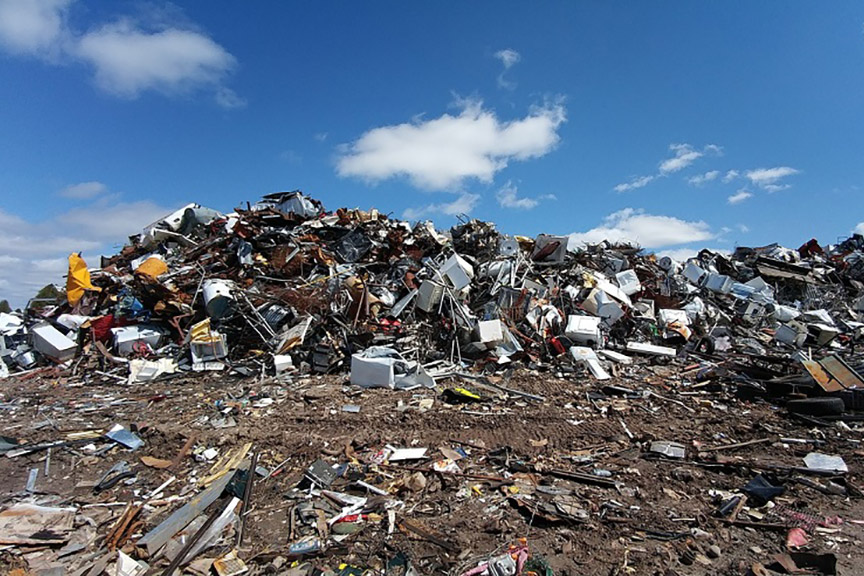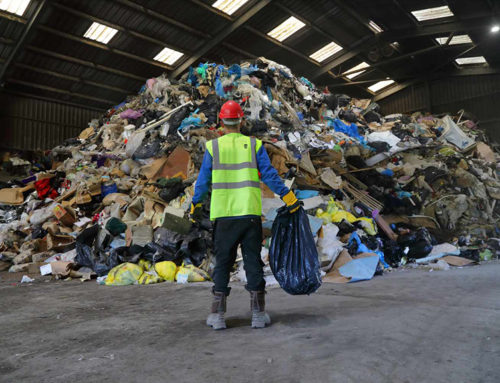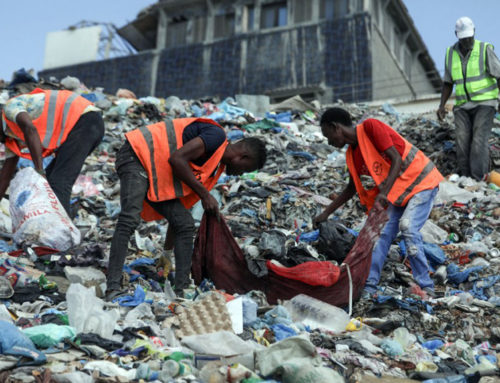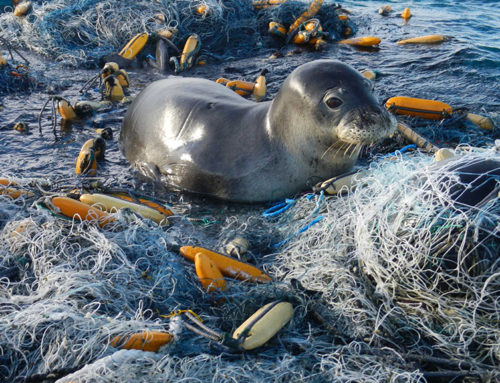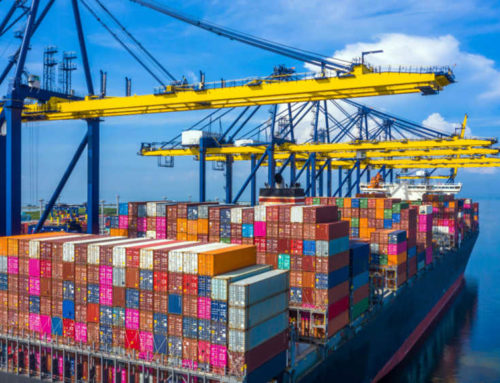Baltimore County made the news with their idea for extending the life of their landfill and the idea could’t be more stupid in any way. It’s exactly the reason why we have issues with landfills today. As stated in the Baltimore Banner newspaper, “The county wants to extend the landfill’s life longer by making the trash pile higher, increasing the height nearly 40 feet to 230 feet.”
That answer might look, to a child, as an easy fix but it’s an incredibly shortsighted solution that doesn’t address the issue at all. The answer to reducing waste, limiting plastic use and stopping the breakdown of environmental security altogether is to simply stack the trash higher? We thought this was a joke when we read it, but sadly, it’s in print.
The Pitfalls of Stacking Trash Higher:
- Environmental Impact: Simply stacking trash higher does nothing to mitigate the environmental impact of overflowing landfills. It exacerbates pollution, soil degradation, and poses a threat to local ecosystems.
- Health Concerns: Higher stacks of trash can lead to increased health risks for nearby communities. The release of harmful gases and pollutants from decomposing waste poses a direct threat to air and water quality.
- Limited Capacity: The idea of stacking trash higher is a temporary fix at best. Landfills will inevitably reach a point where expansion is no longer feasible, leading to a cycle of perpetual environmental damage and now you have a bigger pile of trash to deal with.
- Failure to Promote Sustainability: Embracing the concept of stacking trash higher ignores the urgent need to shift towards sustainable waste management practices. It sends the wrong message to citizens and fails to encourage responsible consumption and disposal.
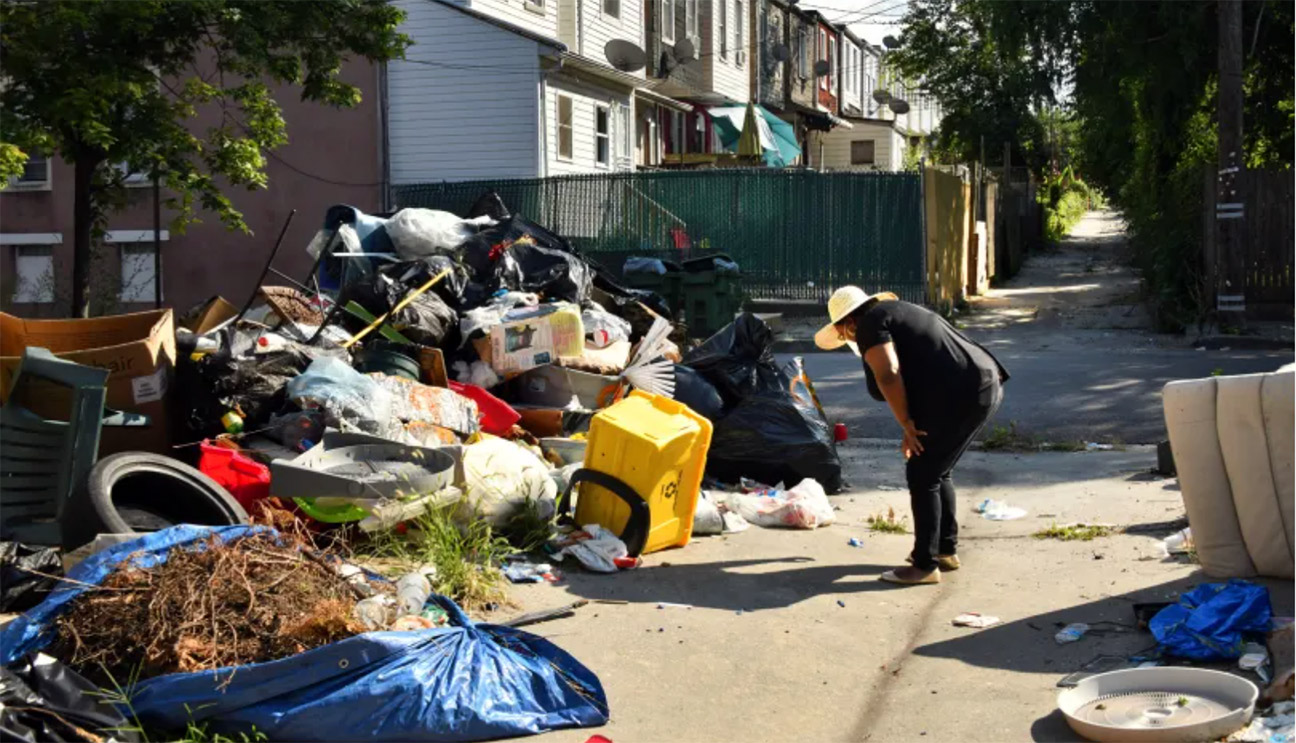
As citizens, in both Baltimore County and the rest of the Earth, it’s crucial to recognize our role in creating a sustainable future. The solution to the landfill crisis lies not in superficial fixes but in proactive and responsible actions:
- Reduce Single-Use Plastics: One of the primary contributors to overflowing landfills is the pervasive use of single-use plastics. As consumers, we can take a stand by reducing our reliance on disposable items and opting for reusable alternatives.
- Increase Recycling Efforts: Recycling plays a pivotal role in waste management. Proper sorting and disposal of recyclables divert significant amounts of waste from landfills. It’s imperative to raise awareness about recycling practices and ensure widespread participation.
- Choose Sustainable Alternatives: Make informed choices when making purchases. Opt for products with minimal packaging, choose reusable options, and support businesses that prioritize eco-friendly practices.
- Educate and Advocate: Spread awareness about the environmental consequences of overflowing landfills and the importance of sustainable waste management. Advocate for policies that promote recycling initiatives and responsible waste disposal.
Building a Sustainable Future:
Instead of accepting subpar solutions like stacking trash higher, let’s envision a future where responsible waste management is the norm. By taking individual responsibility for our actions and making conscious choices, we contribute to a collective effort to reduce, reuse, and recycle.
It’s time to challenge outdated notions and embrace sustainable practices that prioritize the well-being of our planet over short-term fixes. Together, as informed and responsible citizens, we can drive meaningful change and pave the way for a cleaner, greener future.

